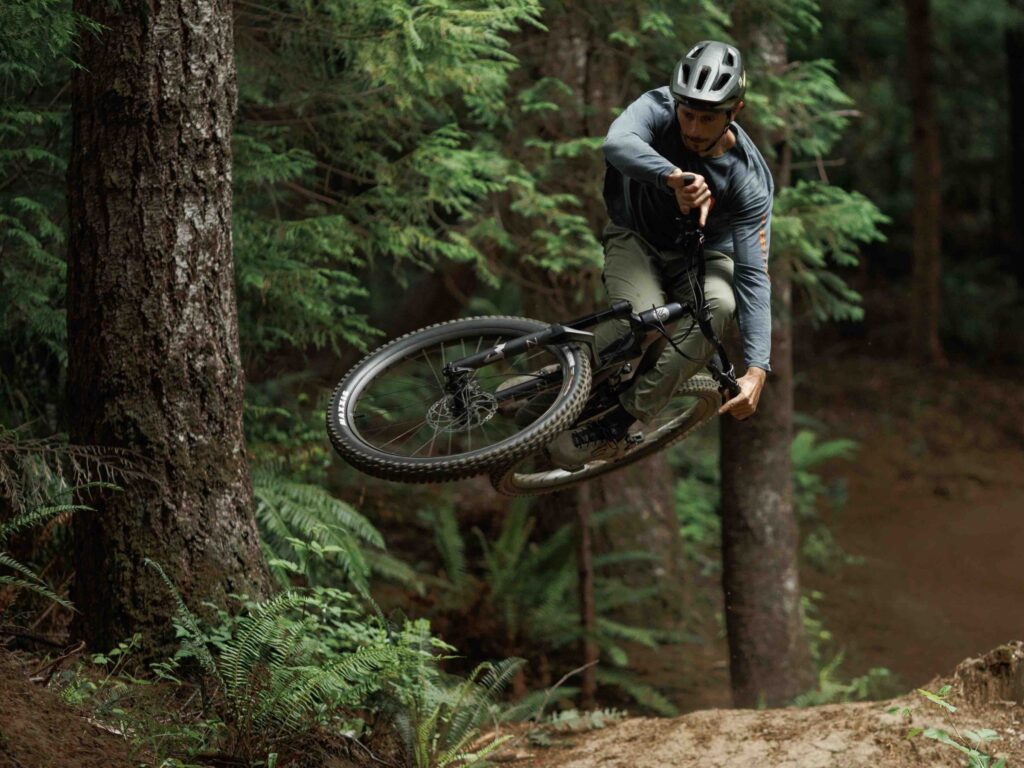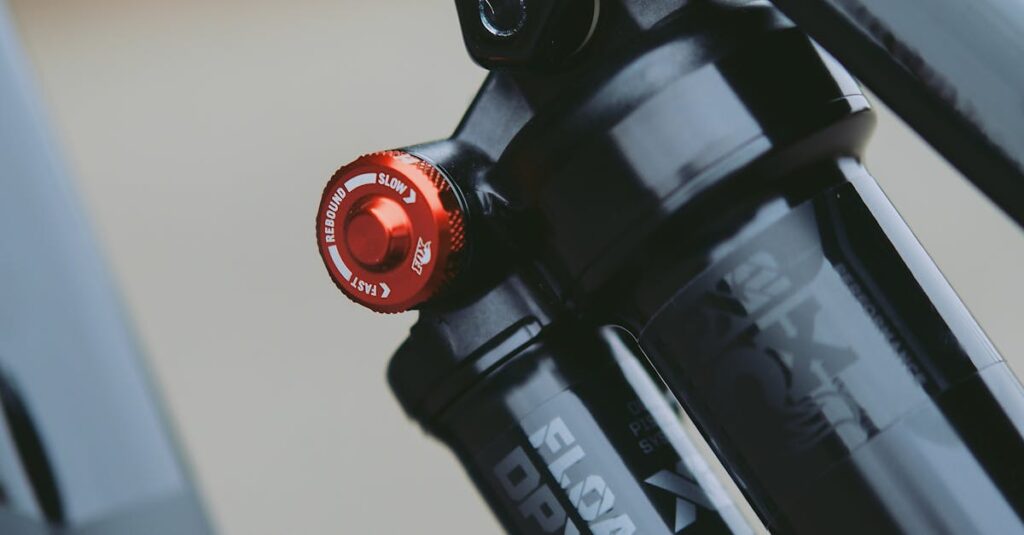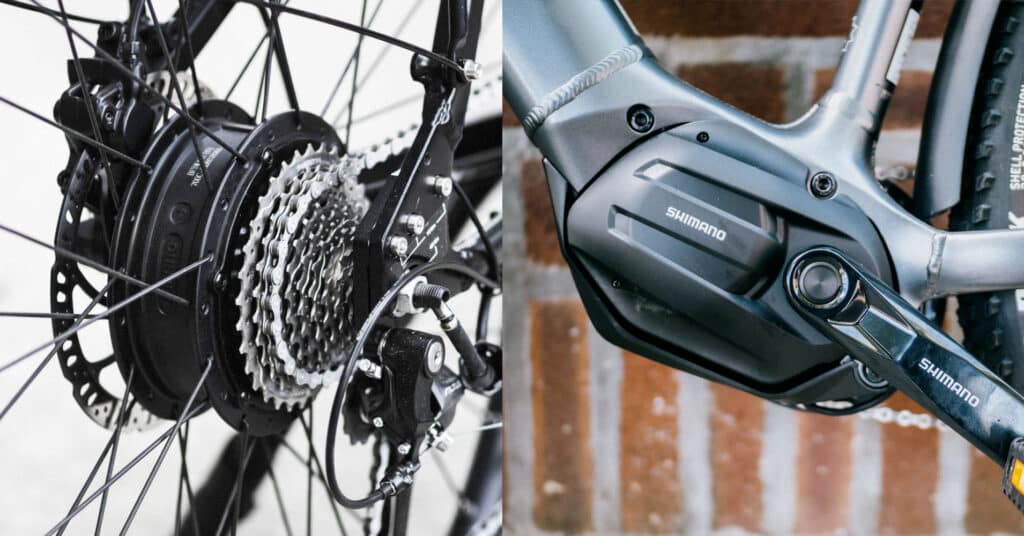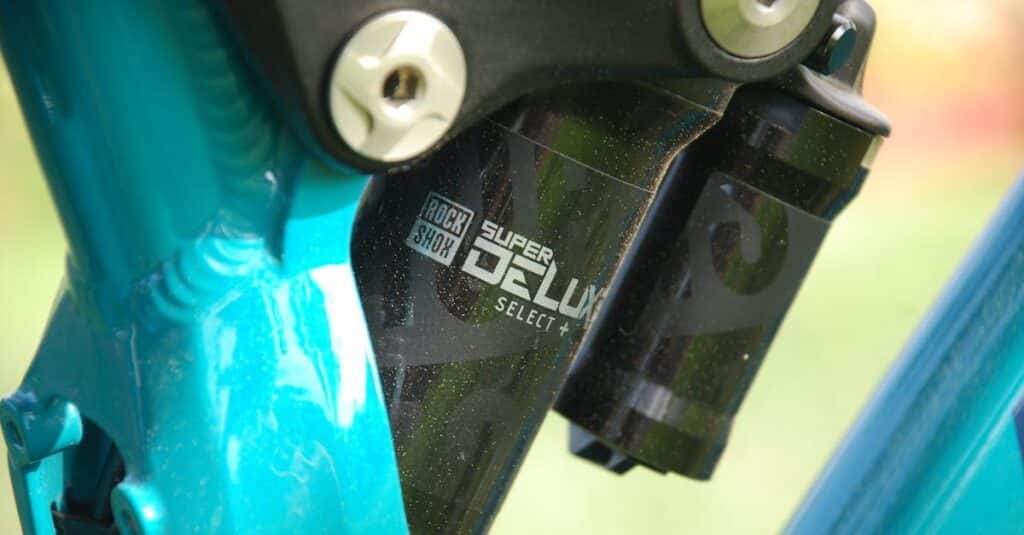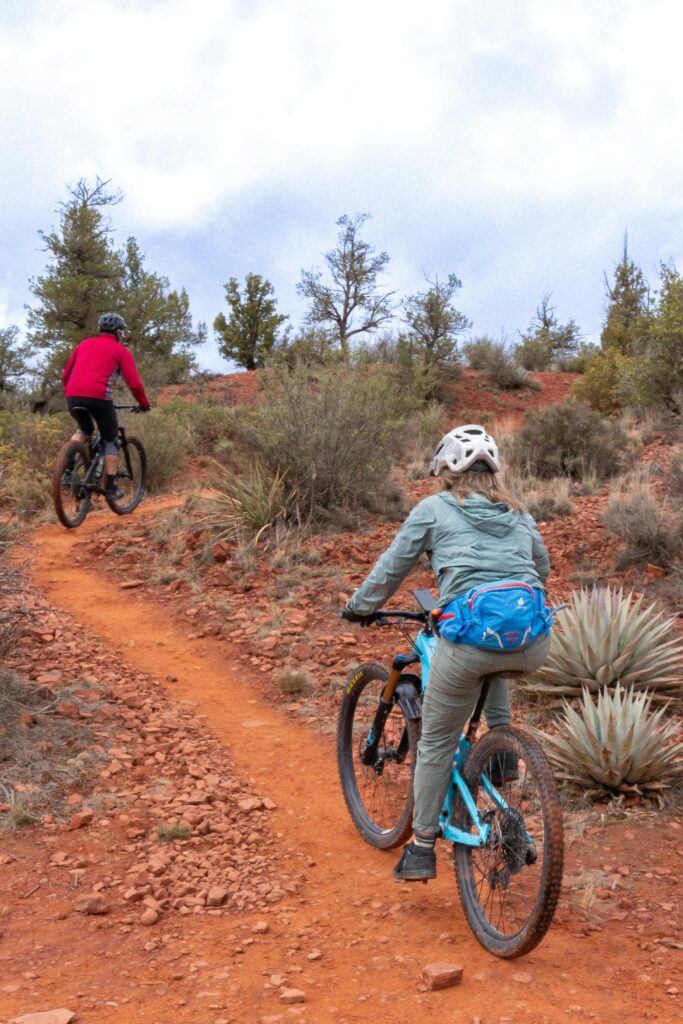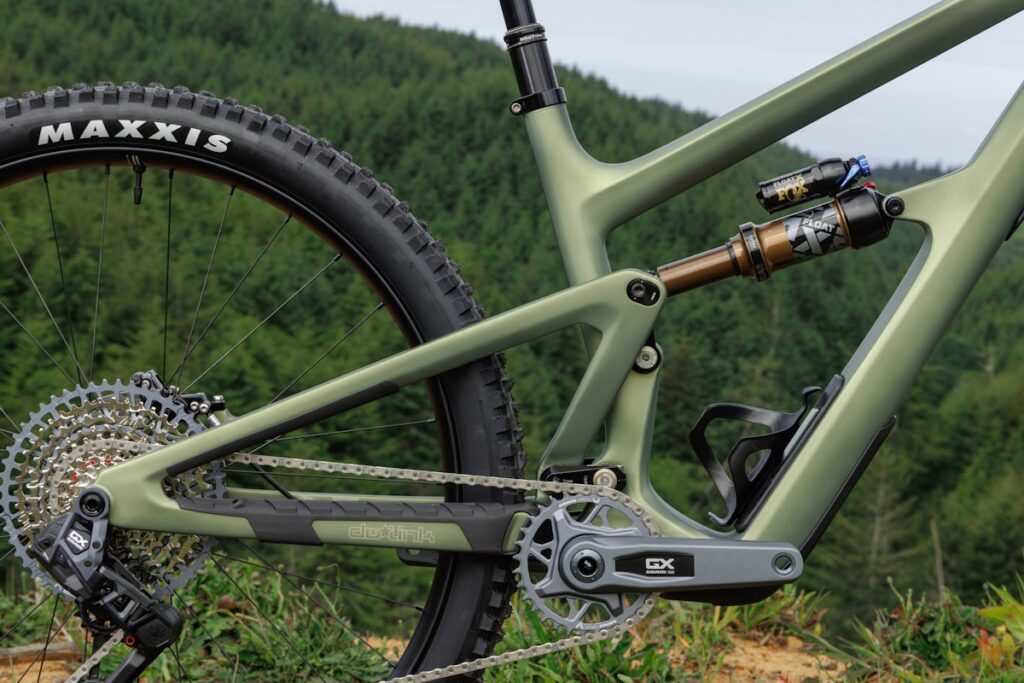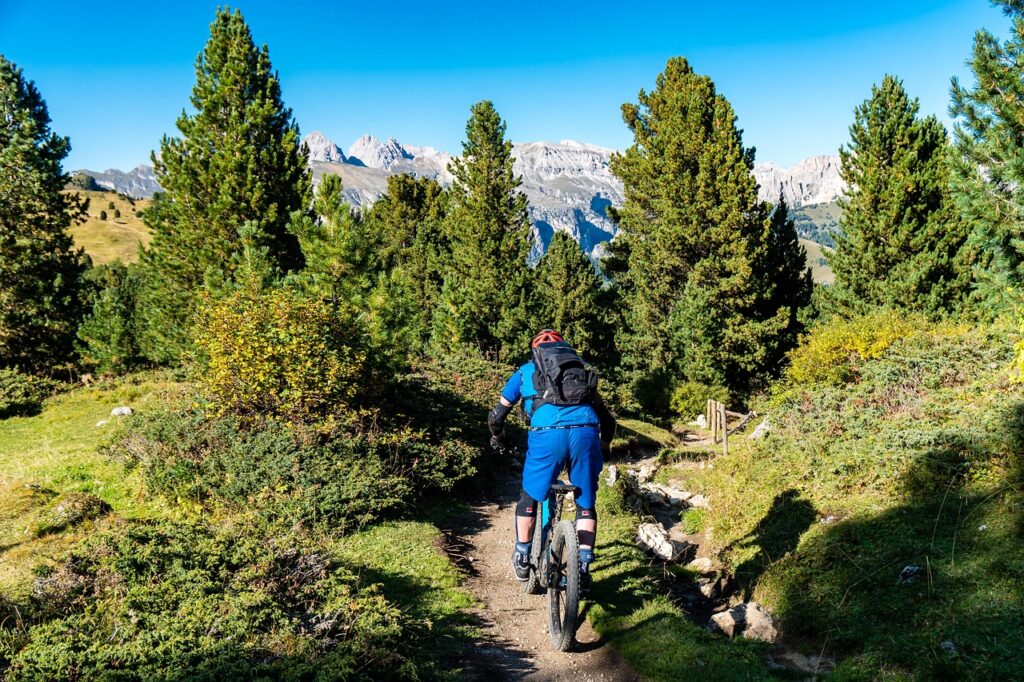When riders start shopping for a serious trail or enduro bike, two names often surface at the top of the conversation: Ibis and Transition. Both brands command deep respect among mountain bikers, blending boutique craftsmanship, geometry innovation, and trail-proven performance.
While they share some DNA — both born in the U.S., both rider-driven, both emphasizing fun and flow — their design philosophies couldn’t be more different. Ibis chases speed and efficiency, while Transition celebrates playfulness and progressive geometry.
In this head-to-head comparison, we break down everything from design and suspension feel to real-world ride quality, component value, and long-term ownership experience.
Whether you’re deciding between the Ibis Ripmo and Transition Patrol or just trying to understand what makes each brand unique, this guide will help you find your perfect match.
Brand Overview
Ibis Cycles
Founded in 1981 in California, Ibis Cycles has long been synonymous with boutique quality and sculpted carbon frames. Known for bikes like the Ripmo, Ripley, and Exie, Ibis focuses on blending efficiency, light weight, and long-term durability.
Their bikes are designed to climb as well as they descend, with a refined DW-Link suspension system that delivers traction and pedaling efficiency.
Ibis is also notable for its customer-first ethos, excellent warranty service, and USA-based frame assembly for high-end models like the Exie.
Transition Bikes
Founded in 2001 in Bellingham, Washington, Transition Bikes embodies the Pacific Northwest ethos of big mountains and bigger smiles.
Their “Rider-Owned Company” mantra translates directly into geometry that prioritizes confidence, control, and fun. Transition’s bikes are built to handle steep, gnarly trails — but remain surprisingly composed on mellow terrain.
The brand is also known for transparency, a down-to-earth culture, and consistent innovation in suspension design and frame kinematics.
Design and Engineering Philosophy
| Aspect | Ibis | Transition |
|---|---|---|
| Design Goal | Lightweight, efficient, refined | Playful, stable, confidence-inspiring |
| Geometry Style | Balanced, moderate reach, efficient pedaling angles | Progressive, long and slack, downhill confidence |
| Suspension Platform | DW-Link (Dual Link) | GiddyUp Horst Link |
| Primary Frame Material | Carbon (premium focus), with select aluminum | Aluminum and carbon options |
| Target Rider | Riders seeking balance of XC efficiency and all-mountain performance | Aggressive riders who prioritize descending and technical trail flow |
In short:
- Ibis builds bikes that feel alive under power and reward precision.
- Transition builds bikes that feel unstoppable when gravity takes over.
Suspension and Ride Feel
Ibis DW-Link Suspension
The DW-Link platform, designed by Dave Weagle, is one of the most efficient and refined systems in mountain biking. It offers:
- Exceptional anti-squat for efficient climbing
- Minimal pedal bob
- Plush small-bump sensitivity
- Balanced mid-stroke support
Ibis bikes feel like they have traction for days, even on steep climbs, while staying active and supple on descents. The rear suspension has a “light and fast” feel — ideal for riders who value precision over brute force.
Transition GiddyUp Suspension
Transition’s GiddyUp system (a refined Horst Link variant) is built around fun and confidence. It offers:
- Excellent small-bump compliance
- Linear, predictable ramp-up
- Consistent braking traction
- Playful “pop” on jumps and corners
GiddyUp bikes reward a rider who likes to push into berms, jump roots, and send features. There’s slightly less pedaling efficiency compared to Ibis’s DW-Link, but a more planted, “surf the trail” character.
Geometry and Fit
| Geometry Trait | Ibis | Transition |
|---|---|---|
| Reach | Moderate | Long |
| Head Tube Angle | 65–66° (trail), 64–65° (enduro) | 63.5–65°, very slack |
| Seat Tube Angle | 76–77° | 77–78° |
| Chainstay Length | Balanced | Slightly longer for stability |
| Rider Position | Centered for efficiency | Rearward and aggressive for control |
Ibis geometry is all about balance. It’s comfortable on long days, efficient on climbs, and agile in corners.
Transition geometry is unapologetically progressive — longer reach, steeper seat angle, and slacker head tube. This gives incredible downhill composure and cornering traction, especially for taller or more aggressive riders.
Popular Models Head-to-Head
| Category | Ibis | Transition |
|---|---|---|
| Short Travel Trail | Ripley | Spur |
| Mid Travel / All-Mountain | Ripmo | Sentinel |
| Enduro / Park | HD6 | Patrol |
| E-Bike | Oso | Repeater |
| Downcountry | Exie | Spur (light build) |
Let’s break down how these compare in the real world.
Ibis Ripmo vs Transition Sentinel
Category: All-Mountain / Enduro
- Ibis Ripmo: 147mm rear / 160mm front
- Transition Sentinel: 150mm rear / 160mm front
The Ripmo is one of the best-balanced all-mountain bikes ever made. It climbs efficiently, descends confidently, and feels light on its feet. The Sentinel is slacker and longer, built for steep descents and technical trails.
Verdict: The Ripmo suits riders who want an all-rounder that climbs as well as it descends. The Sentinel favors riders who live for the downhill.
Ibis Ripley vs Transition Spur
Category: Trail / Downcountry
- Ripley: 120mm rear / 130mm front
- Spur: 120mm rear / 120mm front
Both bikes are lightweight, fast, and efficient. The Ripley’s DW-Link suspension feels snappier on climbs, while the Spur’s geometry encourages speed and control on descents.
Verdict: The Ripley wins for pedaling efficiency and XC-style rides. The Spur wins for riders who want a trail bike that descends like a mini enduro rig.
Ibis Oso vs Transition Repeater
Category: E-MTB**
Both are full-suspension carbon e-bikes with aggressive trail geometry.
- Ibis Oso: Bosch Performance Line CX motor, DW-Link efficiency, integrated battery
- Transition Repeater: Shimano EP8 system, GiddyUp suspension, ultra-stable geometry
Verdict: The Oso feels more refined and natural when pedaling; the Repeater feels more capable in extreme terrain.
Frame Quality and Craftsmanship
Both brands produce high-end carbon frames, but their construction methods differ.
- Ibis: Frames are hand-finished, with immaculate paint and refined hardware. Cable routing and fit/finish are near flawless.
- Transition: Slightly more rugged aesthetic — clean and purposeful rather than flashy. Aluminum frames are particularly well executed and durable.
In terms of longevity, both brands offer excellent warranty programs and support.
- Ibis: Lifetime warranty on frames and rims (if using Ibis carbon wheels).
- Transition: Lifetime warranty for original owners, crash replacement support available.
Ride Impressions
Ibis Ride Feel
- Snappy acceleration
- Light on climbs
- Precise steering
- Great traction on loose terrain
- Best for all-day epics and technical ascents
Transition Ride Feel
- Confident and composed
- Loves jumps, drops, and corners
- Encourages speed and playfulness
- Plush and predictable suspension
- Best for aggressive trail and gravity riders
Summary:
If you ride smooth singletrack and prioritize speed and efficiency, Ibis feels faster.
If your trails are steep, rough, and rowdy, Transition feels more fun.
Price and Value
| Brand | Entry Trail | Mid-Range | Premium Carbon |
|---|---|---|---|
| Ibis | $3,999 | $5,500 | $9,999+ |
| Transition | $3,500 | $5,000 | $8,500+ |
Both brands are premium, but Transition typically offers slightly better component value per dollar.
Ibis holds its value better on resale thanks to its boutique reputation and U.S. roots.
Dealer Network and Availability
- Ibis: Sold through select dealers and direct-to-consumer channels in North America and Europe.
- Transition: Dealer and direct models available, strong presence in the Pacific Northwest and online.
Transition often wins for community engagement and transparency — their team openly shares geometry updates, ride videos, and setup tips.
Customer Experience and Community
| Factor | Ibis | Transition |
|---|---|---|
| Customer Support | Responsive and technical | Friendly and rider-focused |
| Community Vibe | Boutique, tech-driven | Fun, relatable, rider-owned |
| Social Engagement | Professional and product-focused | Personality-driven, authentic |
Transition wins on personality — their “Party in the Woods” vibe is hard not to love.
Ibis wins on refinement — they’re the precision engineers of the trail world.
Which Brand is Right for You?
| Rider Type | Best Choice | Why |
|---|---|---|
| Climbers and XC/Trail Riders | Ibis | Light, efficient DW-Link platform |
| Aggressive Descenders | Transition | Progressive geometry and traction-rich suspension |
| All-Mountain Explorers | Ibis Ripmo / Transition Sentinel | Both shine here — choose based on climbing vs descending bias |
| E-MTB Enthusiasts | Transition Repeater | More downhill-oriented |
| Riders Who Value Playfulness | Transition | More “pop” and confidence |
| Riders Who Value Polish | Ibis | Refined design and craftsmanship |
Verdict: Precision vs Playfulness
Both Ibis and Transition build bikes that rank among the best in the world. The choice ultimately comes down to what kind of ride experience you crave.
- Choose Ibis if you value efficiency, balance, and polish — a bike that climbs like a dream and descends with finesse.
- Choose Transition if you want aggression, flow, and fun — a bike that turns every descent into a playground.
Both brands share an ethos of craftsmanship and community. The difference is philosophical, not qualitative — and that’s what makes this comparison so interesting.
Ibis builds bikes that reward precision.
Transition builds bikes that reward passion.
Either way, you’re buying into a legacy of rider-driven performance and enduring quality.
Final Take
In 2026, the Ibis vs Transition debate isn’t about which brand is “better.” It’s about which one fits your riding DNA.
If you love climbing efficiency and razor-sharp handling, go Ibis.
If you live for descending and flow trails, go Transition.
Both are brilliant, both are premium — and both prove that small, rider-focused brands continue to push the sport forward.
Ibis vs Transition (2026): Two visions, one shared goal — the best ride possible.
Related Content:
- Best E-Bike Brands
- Best Mountain Bike Brands
- Trek vs Specialized
- Santa Cruz Bikes Review
- Yeti Bikes Review
Why Trust This Guide?
BestBikeBrands is built by lifelong cyclists with decades of real-world experience — in the shop, on the trail, and behind the wrench. Our goal is simple: to help riders choose the best bikes and gear with confidence, backed by expert insights and hands-on testing. Learn more about us →
